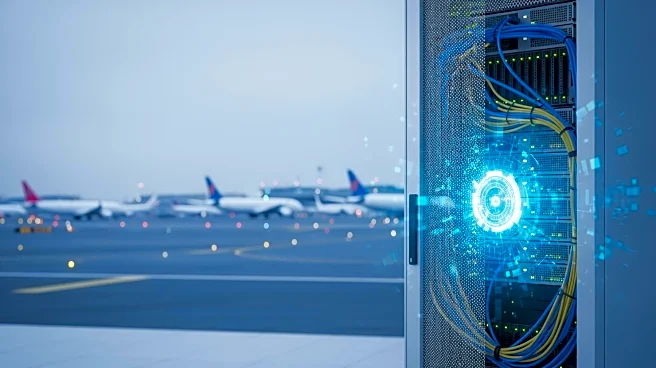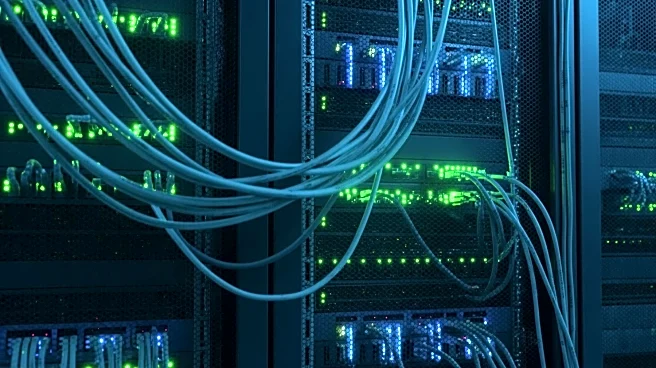What's Happening?
Amazon has released a detailed report regarding a significant outage that affected numerous websites, services, apps, and games on October 20. The disruption was traced back to a bug in Amazon's automation software, DynamoDB, which is integral to AWS
customers for data storage. The bug led to an empty DNS record for Amazon's data centers in North Virginia, causing widespread DNS failures. As a result, systems reliant on DynamoDB experienced connectivity issues, impacting services such as Amazon Alexa, Bank of America, Snapchat, Canva, Reddit, Apple Music, and others. Amazon has apologized for the inconvenience caused and emphasized its commitment to improving service availability.
Why It's Important?
The outage underscores the critical role AWS plays in the digital infrastructure of numerous businesses and services. With many companies relying on AWS for cloud computing, any disruption can have far-reaching consequences, affecting user access and business operations. The incident highlights the vulnerability of automated systems and the importance of robust fail-safes. Businesses dependent on AWS may need to reassess their contingency plans to mitigate risks associated with such outages. Amazon's response and future improvements will be closely watched by stakeholders who rely on its services for operational stability.
What's Next?
Amazon is expected to implement measures to prevent similar incidents in the future, focusing on enhancing the reliability of its automation systems. The company will likely review its protocols and introduce additional safeguards to ensure DNS management systems can handle errors autonomously. Customers and businesses affected by the outage may seek assurances from Amazon regarding improved service reliability. The incident may also prompt discussions within the tech industry about the resilience of cloud services and the need for diversified infrastructure strategies.
Beyond the Headlines
The outage raises questions about the dependency on single providers for cloud services and the potential risks involved. It may lead to broader industry conversations about diversifying cloud service providers to avoid single points of failure. Additionally, the event could influence regulatory discussions on the oversight of major tech infrastructure providers, ensuring they maintain robust systems to prevent widespread disruptions.













